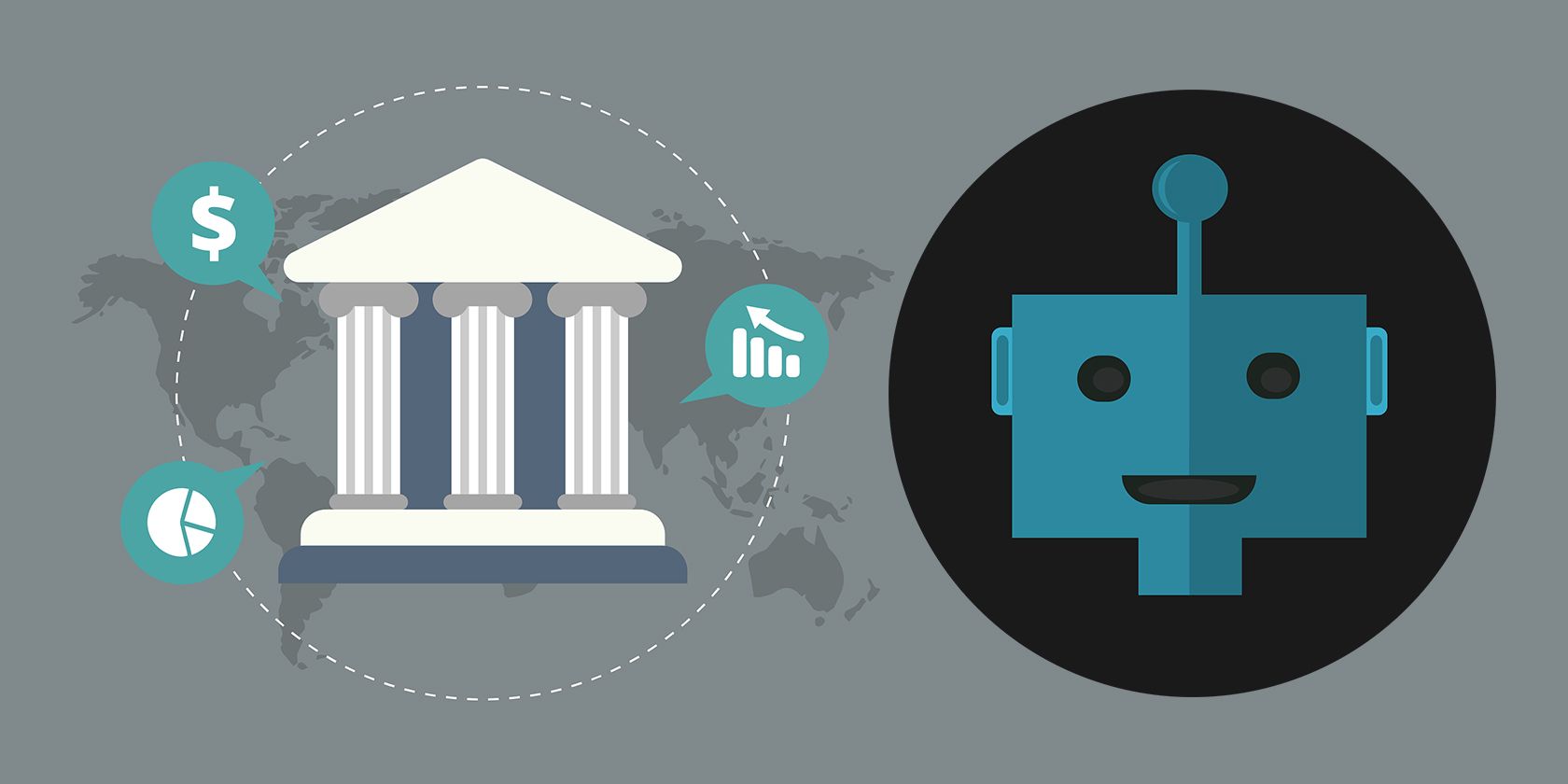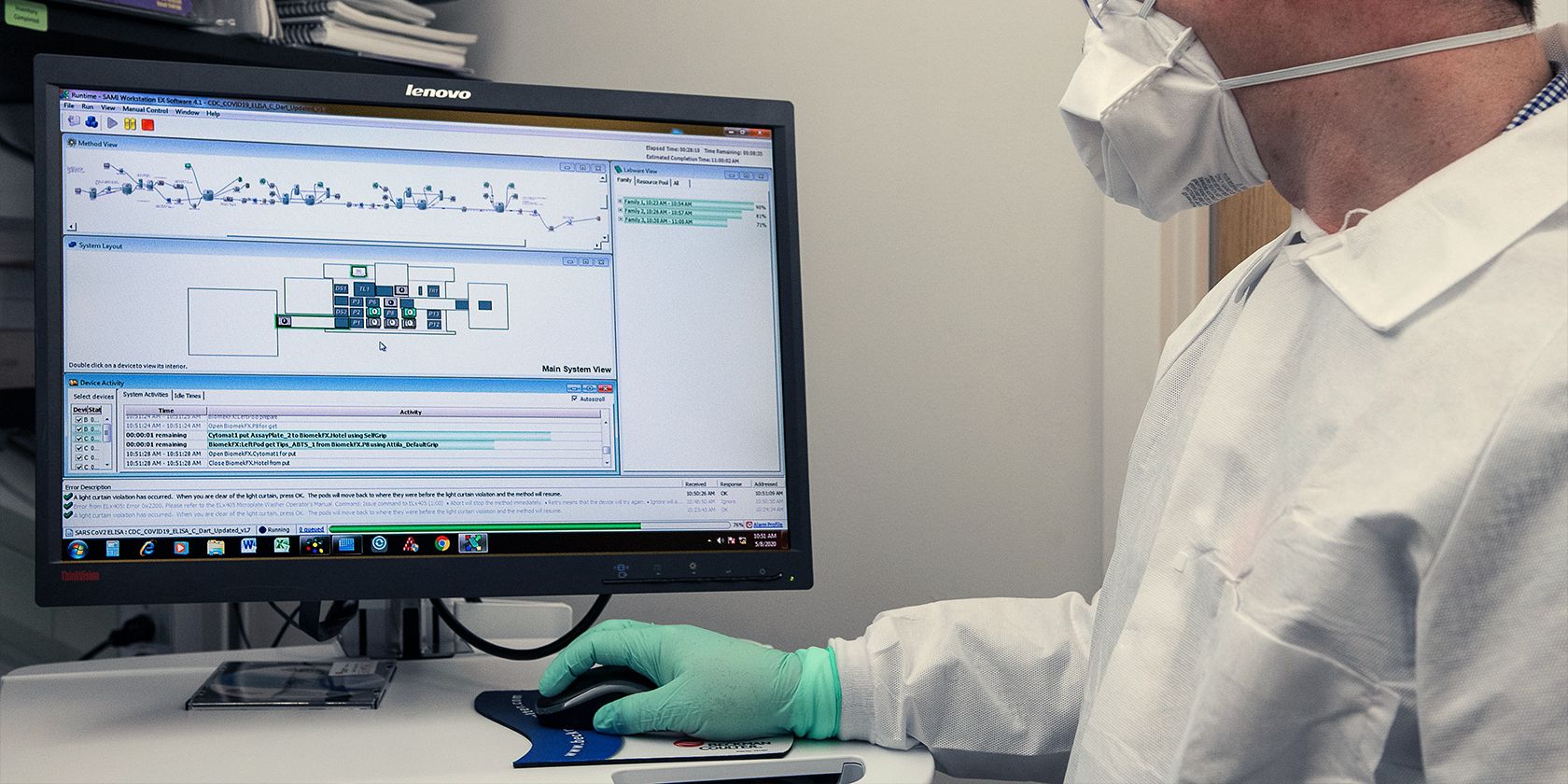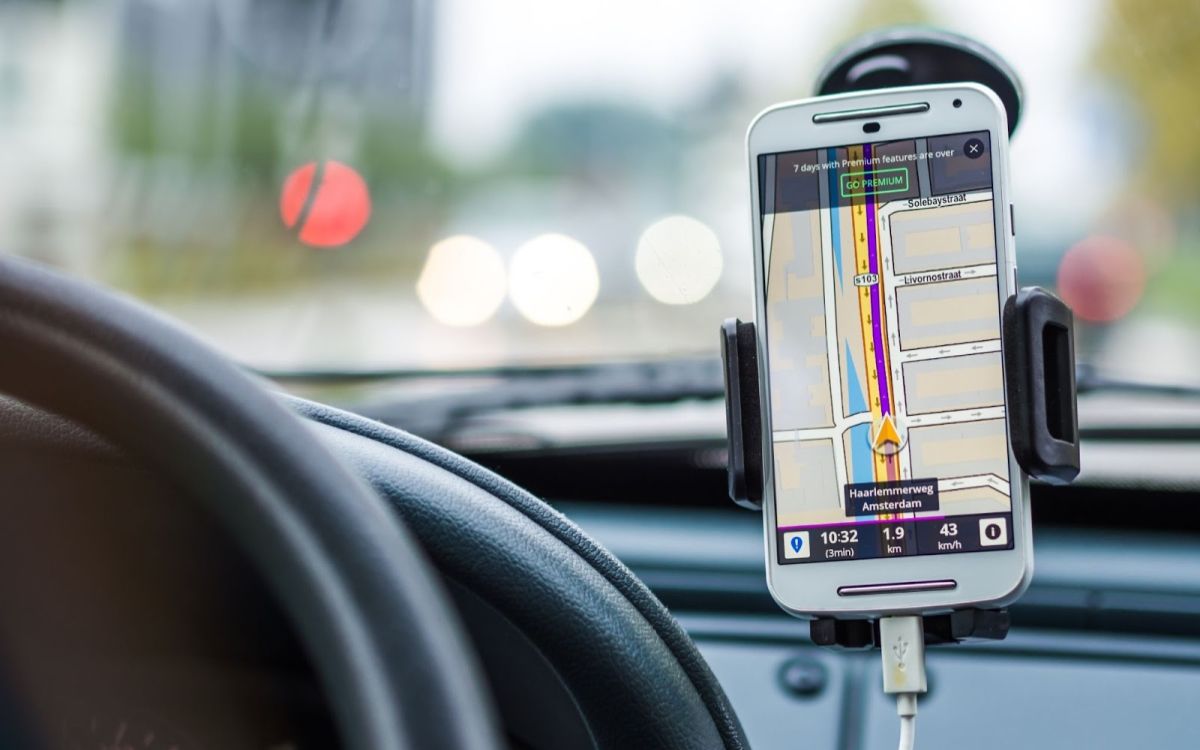Machine learning, or ML, is an offshoot of artificial intelligence (AI) and has garnered significant attention due to the emergence of AI tools like ChatGPT and DALL-E. It enables computer systems to adapt and learn from experiences, making it a widely recognized concept. While its popularity has grown recently, machine learning is already prevalent in numerous real-life scenarios.
Curious about its everyday applications? Let's delve into some common examples of machine learning in action.
1. Personal Assistants and Chatbots
One of the most practical applications of machine learning is seen in AI personal assistants and chatbots. Popular tools like Alexa, Google Assistant, and Siri rely on ML algorithms that utilize Natural Language Processing (NLP—what is NLP?) and Deep Learning techniques to understand language patterns, tones, and context. This enables them to engage in simulated conversations with humans.
The ability to comprehend human language greatly simplifies our interactions with computer systems. By providing a command or prompt to a chatbot or AI personal assistant, it can accurately perform tasks or provide relevant answers.
An example of ML in action is using chatbots in customer service. Many e-commerce stores employ this feature, allowing customers to ask questions and receive instant responses from the bots.
2. Email Autoresponders
Another common real-life application of machine learning is ML-powered email autoresponders. You may have noticed that when you receive an email in your Gmail account, it suggests accurate response options based on the context of the conversation. This capability is made possible through ML and NLP techniques.
Similarly, the emails you receive immediately after signing up for a newsletter, making a purchase, or even abandoning a cart are all automated. These emails are generated by software that utilizes such models, enabling them to be sent out only when specific actions are triggered. Additionally, this email autoresponder software ensures customization and personalization in emails.
Using automated software for email responses offers several benefits, including:
- Enhanced efficiency.
- Improved customer service.
- Personalized experiences by learning your preferences.
- Cost savings as emails can be sent without human intervention.
3. Personal Finance and Banking
Machine learning algorithms have also entered the finance and banking sector, providing valuable applications. One of the ways banks use AI and ML algorithms is advanced fraud detection techniques, which offer robust security for your assets. ML models for fraud detection in banking can differentiate between legal and illegal transactions by leveraging image and text recognition methods to learn patterns and identify fraudulent activities.
Machine learning is also beneficial in personal finance, particularly in portfolio management. Online investment platforms, acting as robo-advisors, utilize ML to assist in building, monitoring, and automating the management of diversified portfolios. These platforms learn about your preferences for specific assets or risks and help construct your portfolio accordingly without human supervision.
Additionally, machine learning enables market forecasting in personal finance. BL algorithms can predict stock prices and market trends by analyzing historical data. This insight empowers you to develop effective trading strategies and identify favorable trading opportunities.
4. Healthcare and Medical Diagnosis
Machine learning has also emerged as a crucial tool in the healthcare industry, offering numerous benefits for medical diagnosis, patient care, and overall outcomes. It collaborates with various healthcare technologies that improve wellness in several ways.
Here are the six critical applications of machine learning in healthcare:
- Machine learning algorithms analyze patient data, including symptoms, medical records, lab results, and imaging scans, to assist in precise disease diagnosis and prognosis.
- By analyzing patient characteristics, genetic information, treatment history, and clinical data, machine learning develops personalized treatment plans tailored to individual needs.
- Machine learning facilitates the analysis of X-rays, MRI scans, and pathology slides, automatically detecting abnormalities, identifying specific features, and aiding radiologists in disease diagnosis.
- ML models optimize drug discovery processes by enabling clinical trial optimization, patient recruitment, and identifying suitable candidates for specific treatments.
- Machine learning optimizes healthcare operations by providing supply chain management systems, predicting equipment failure, and optimizing resource allocation.
- Machine learning enables predictive analytics, working with Internet of Things (IoT) wearable devices to monitor patients and provide early warnings.
These applications demonstrate the potential of machine learning to revolutionize healthcare, improving diagnosis accuracy, treatment efficacy, and overall patient care.
5. Self-Driving Cars
Machine learning plays a significant role in the development of modern cars, with Tesla serving as a prominent example. Tesla's cars rely on AI hardware provided by NVIDIA, incorporating unsupervised ML models that enable self-learning object recognition and detection capabilities. But it is not just Tesla with self-driving features.
These cars gather comprehensive information about their surroundings and are equipped with various sensors such as cameras, LiDAR, radar, and GPS. This data is then processed to ensure accurate perception and effective decision-making. Self-driving cars utilize Simultaneous Localization and Mapping (SLAM) techniques, leveraging sensor data to create updated maps that aid navigation.
ML models further contribute to self-driving cars by determining optimal paths and assisting in real-time decision-making. These models also facilitate the development of adaptive systems capable of detecting and predicting potential malfunctions in the vehicle.
By integrating machine learning, cars are becoming more intelligent, autonomous, and capable of enhancing road safety and efficiency.
6. Commute and Transport
Machine learning algorithms have even elevated our commute and transportation standards. Ride-hailing apps like Uber utilize ML models to automate features such as ride pricing, pickup locations, optimal routes, and estimated arrival time, making our daily commute more convenient.
Google Maps is another valuable tool that leverages ML to enhance our commute. Utilizing location data offers intelligent navigation, traffic predictions, and personalized recommendations, ensuring efficient travel.
In the aviation industry, ML algorithms enable airplane autopilot systems, including commercial flights. This integration of AI and ML ensures safe and reliable operations.
Furthermore, ML algorithms contribute to developing smart traffic signal control systems. These systems analyze real-time traffic flow data and adjust signal timings accordingly, reducing congestion and waiting times to improve overall commute experiences.
7. Social Media
Machine learning algorithms are also widely used in social networking sites, where they have introduced numerous features to enhance the user experience. Furthermore, many social media companies also use AI and ML to detect and prevent malicious attacks. Here are some examples:
- Many popular social networking platforms such as Facebook, Instagram, and Snapchat incorporate face recognition features for applying various filters.
- Social media sites utilize ML models to personalize posts based on individual user preferences.
- Ads displayed on these platforms are tailored to users' interests, recommending relevant products and services.
- Social networks provide suggestions for connections and friends based on users' existing networks.
- Emotion analysis techniques are employed to analyze the sentiments conveyed by emojis.
These applications of machine learning algorithms in social networking sites contribute to an improved user experience by providing personalized content, relevant recommendations, and enhanced social connections.
A Look Ahead at the Future of ML
The current trends in machine learning indicate its widespread applicability across various industries, enabling system automation and enhancing user experiences. From healthcare to finance, machine learning transforms how we live, work, and interact with technology.
Looking ahead, the future of machine learning holds immense potential for even more groundbreaking innovations. With the rise of AI-based tools and software, machine learning algorithms are expected to continue playing a crucial role. Their application extends to any domain that requires big data analysis, pattern recognition, and AI implementation.
As machine learning advances, we can anticipate further advancements and discoveries that will shape how we leverage this powerful technology in diverse industries and aspects of our lives.







